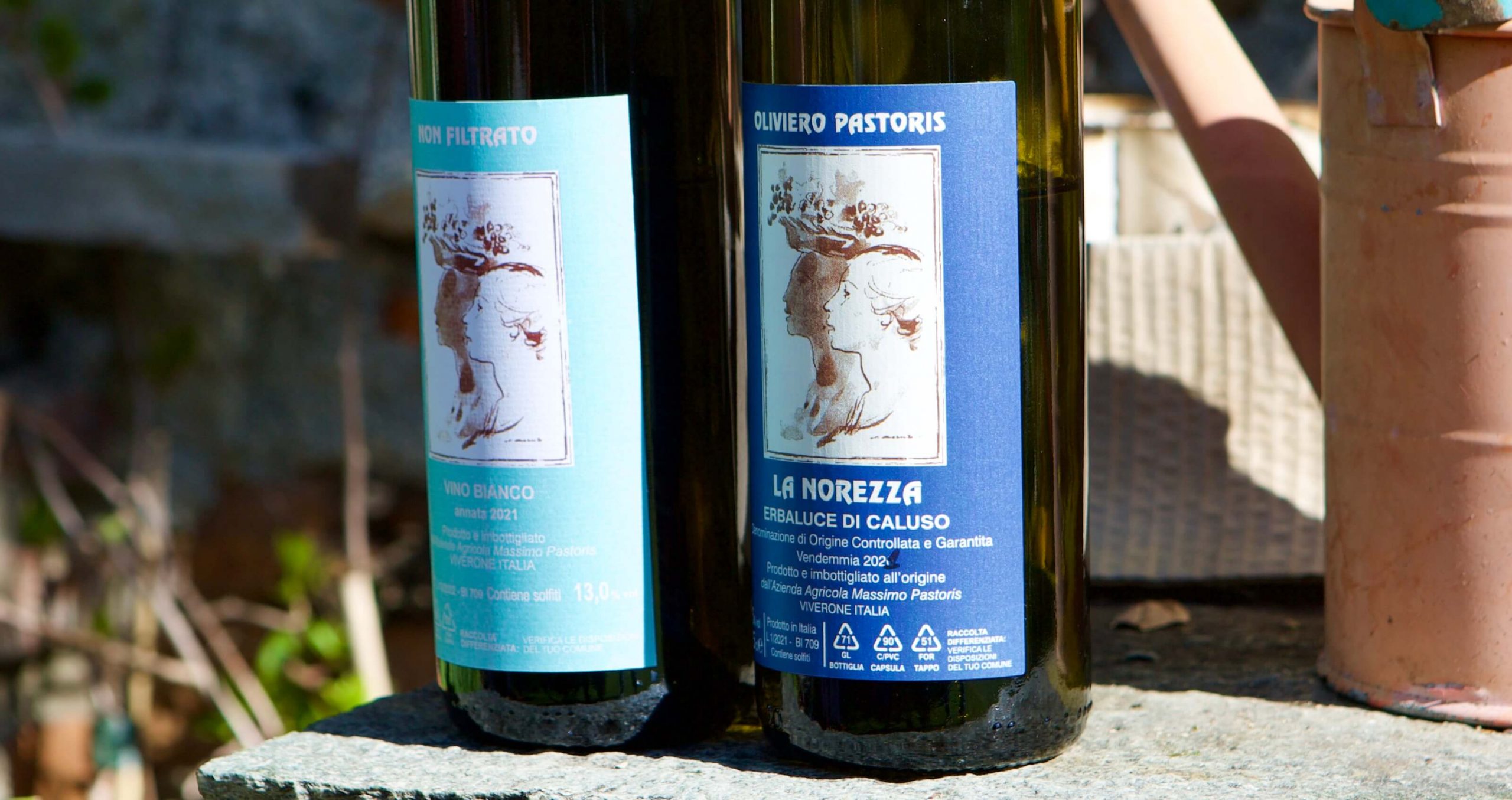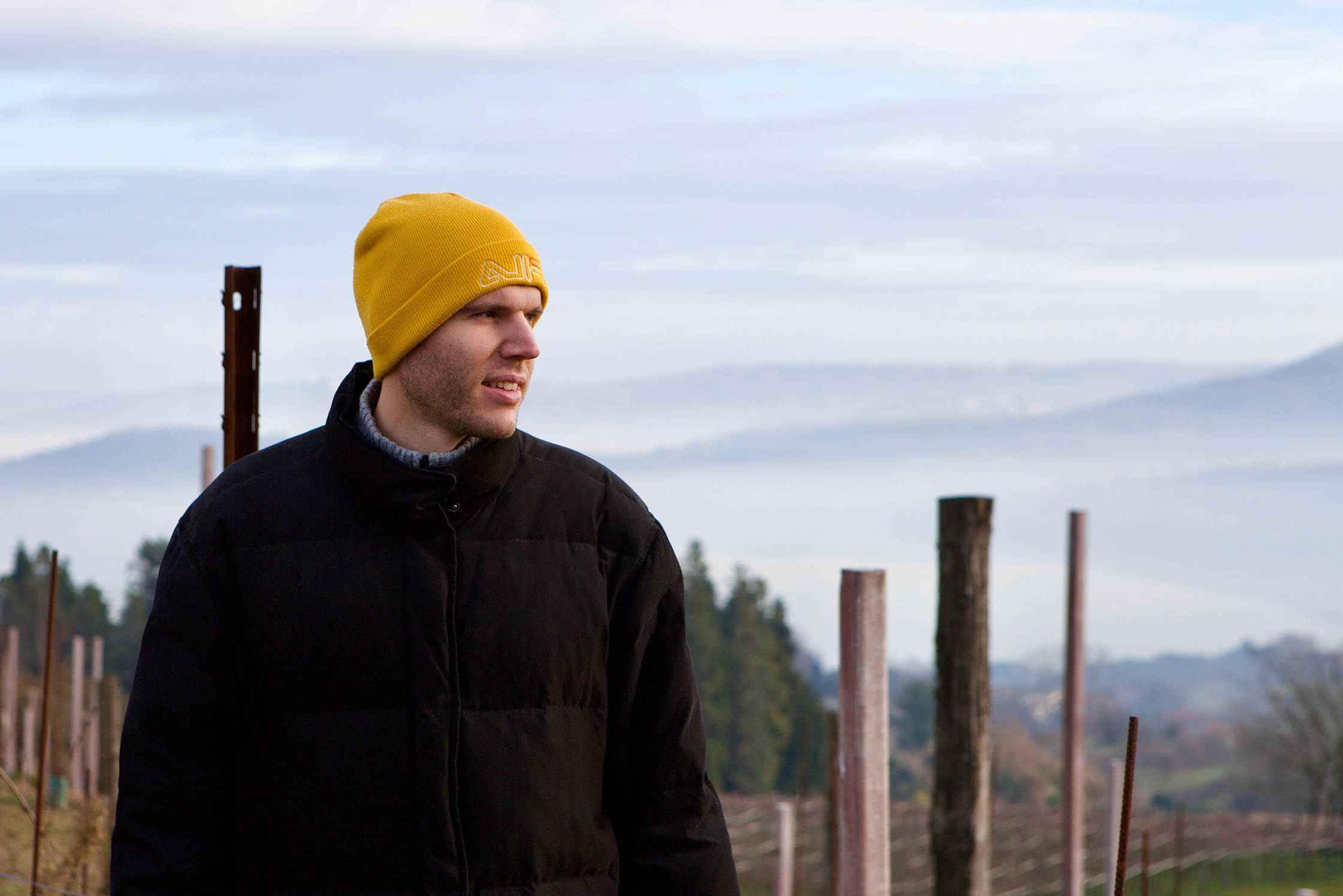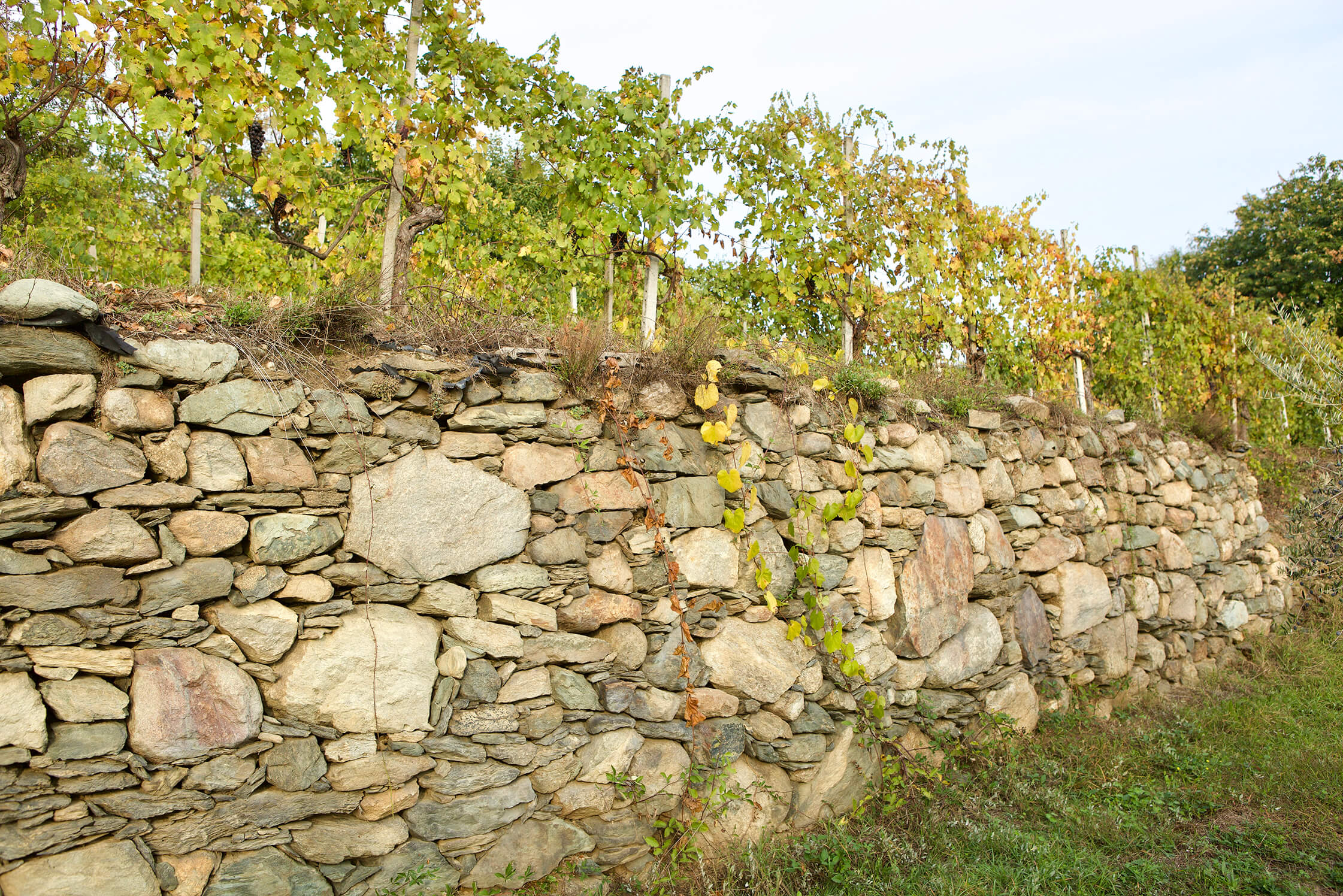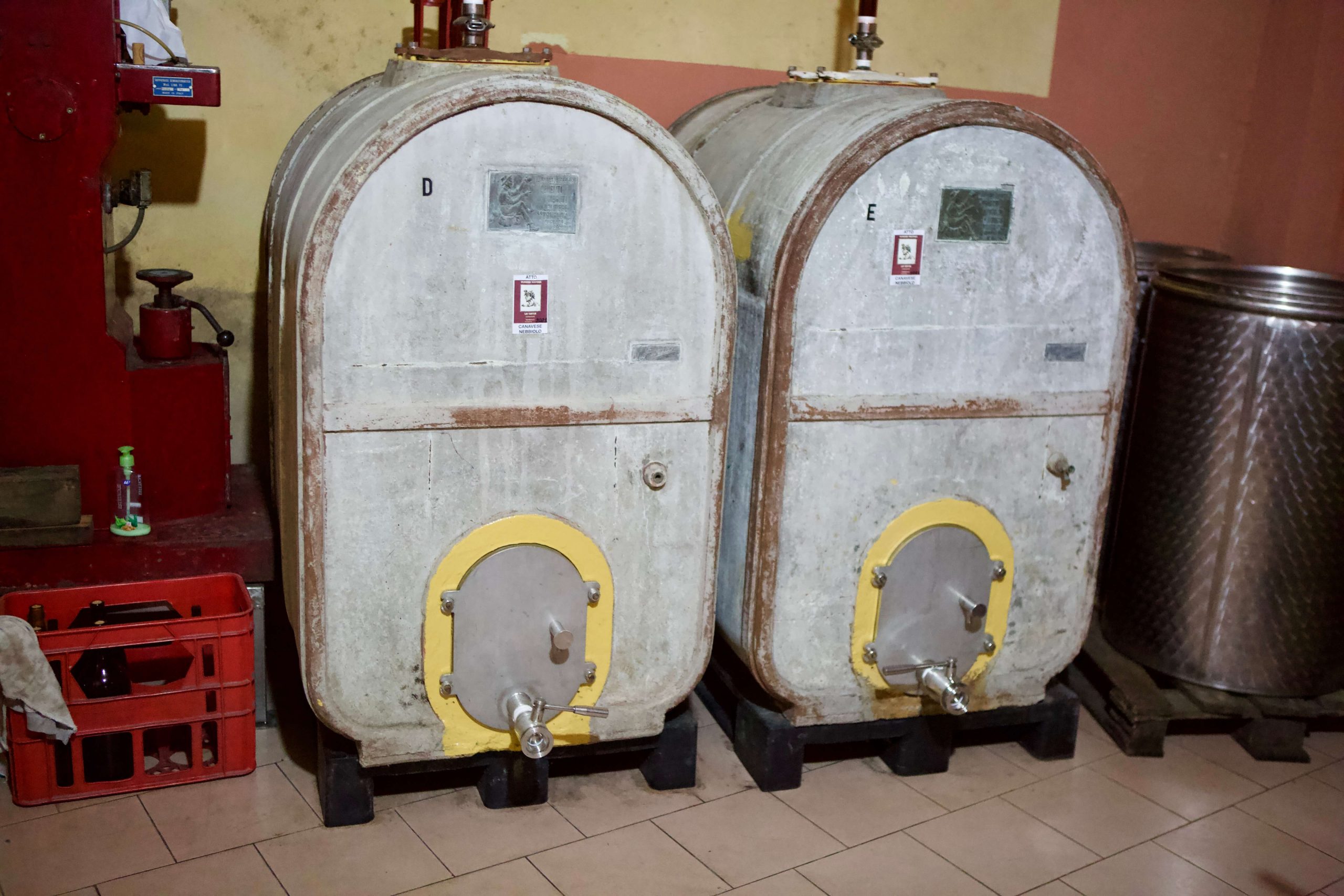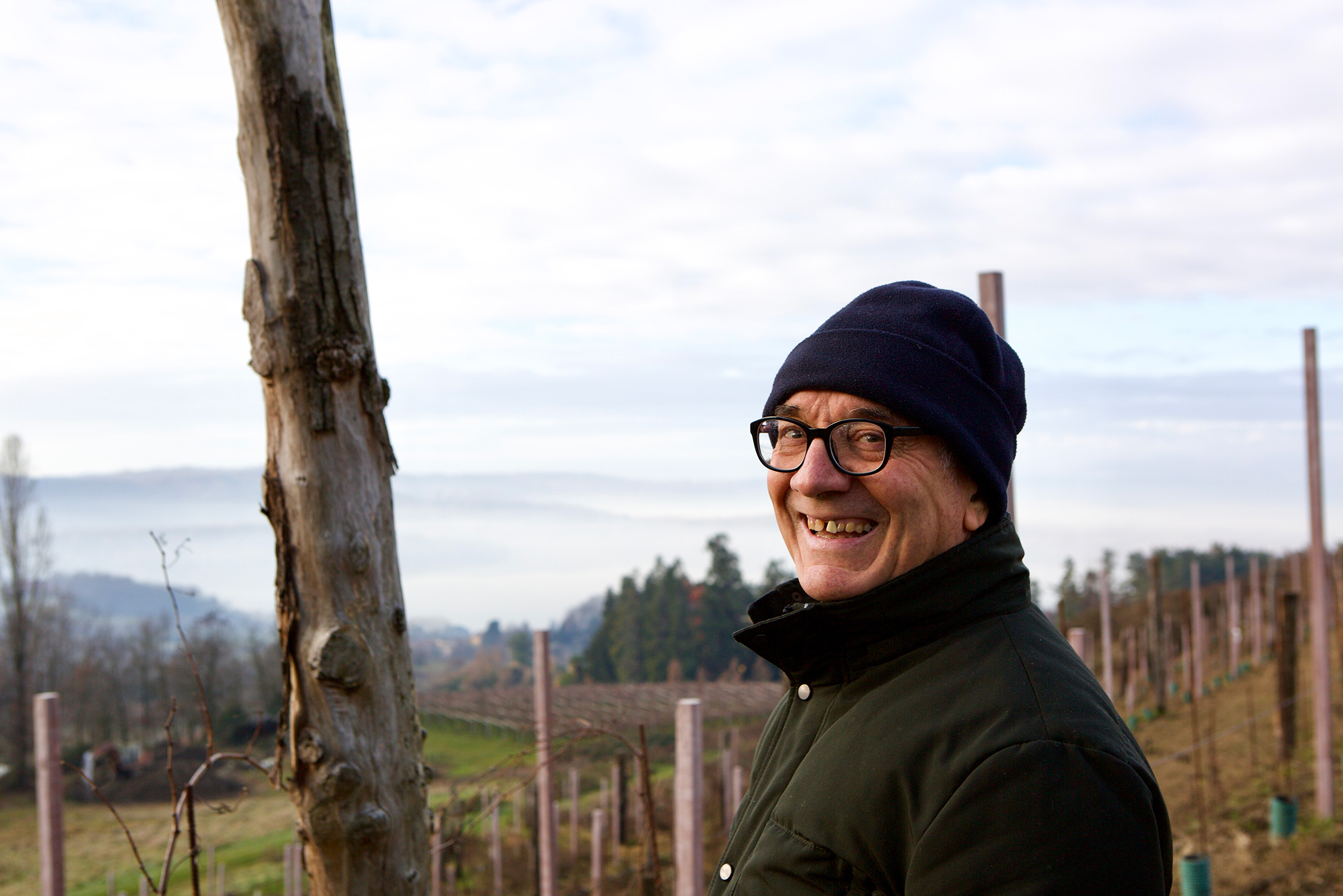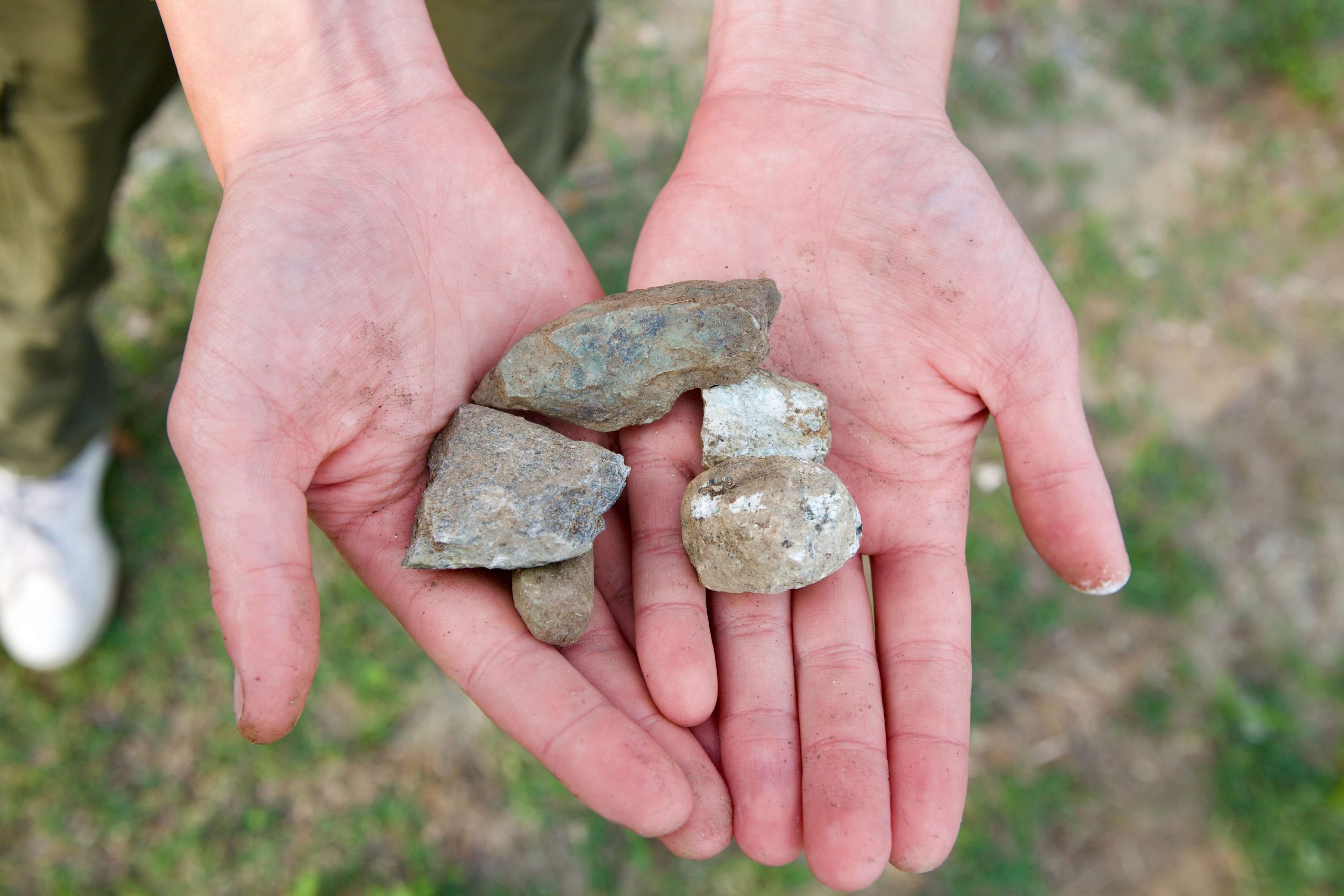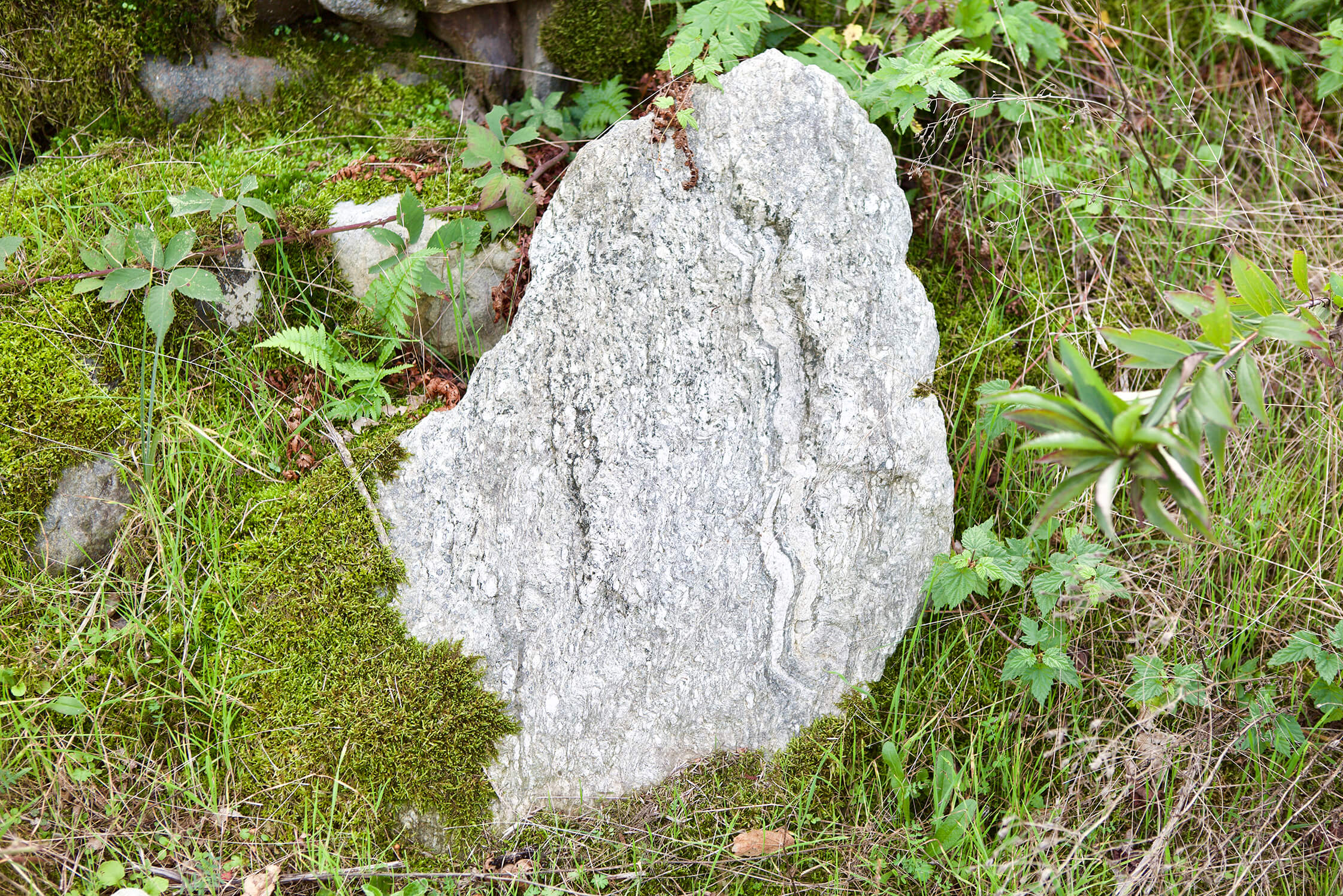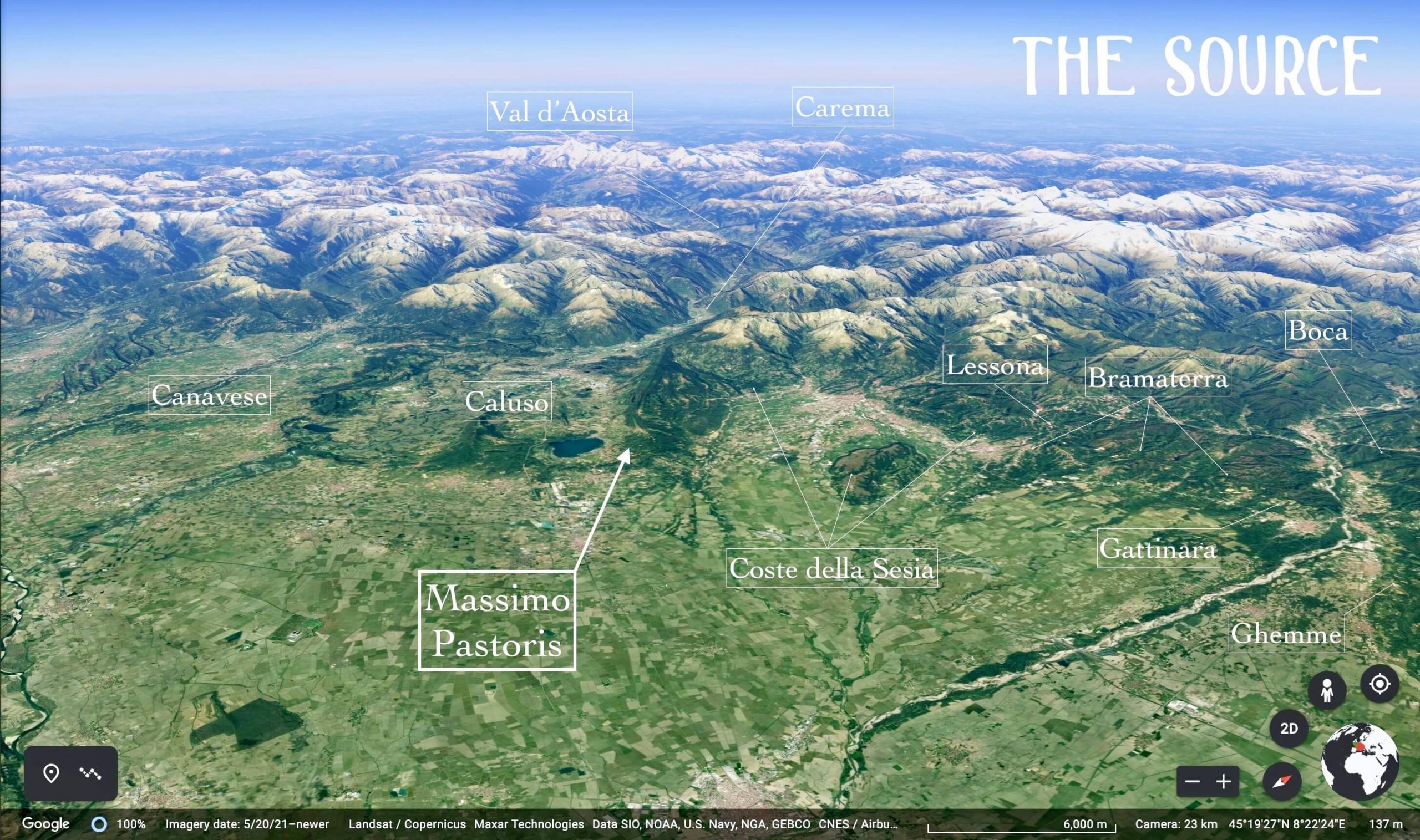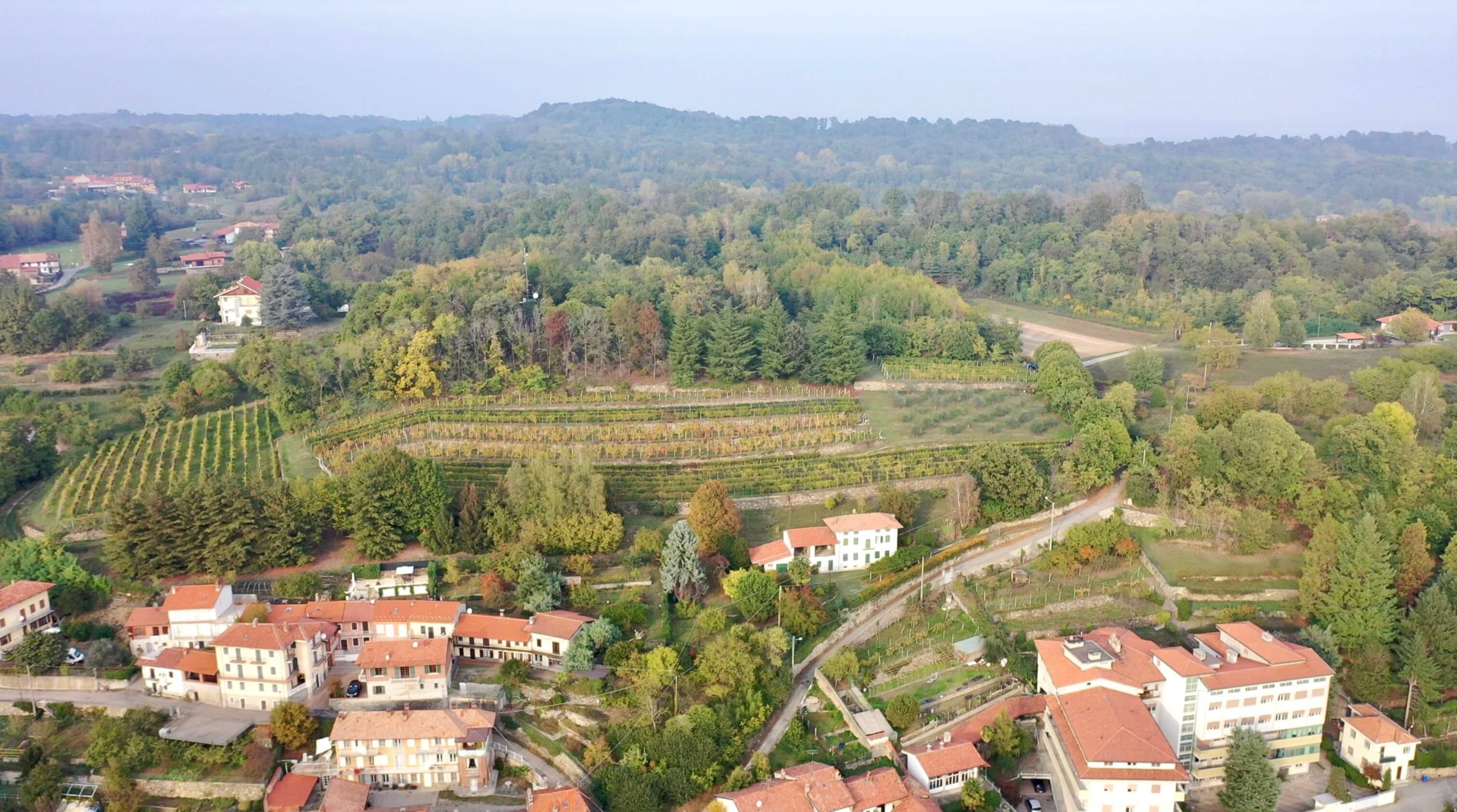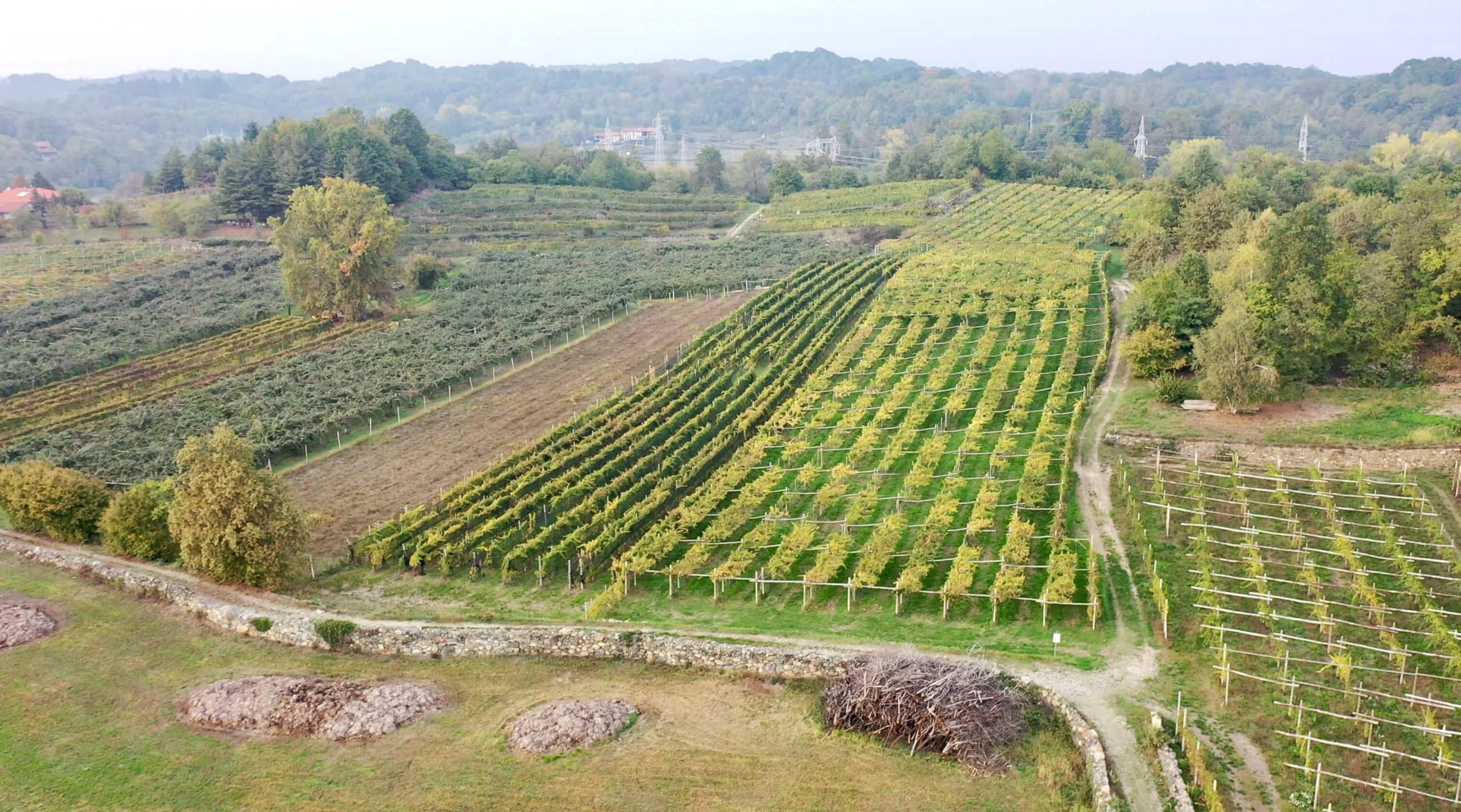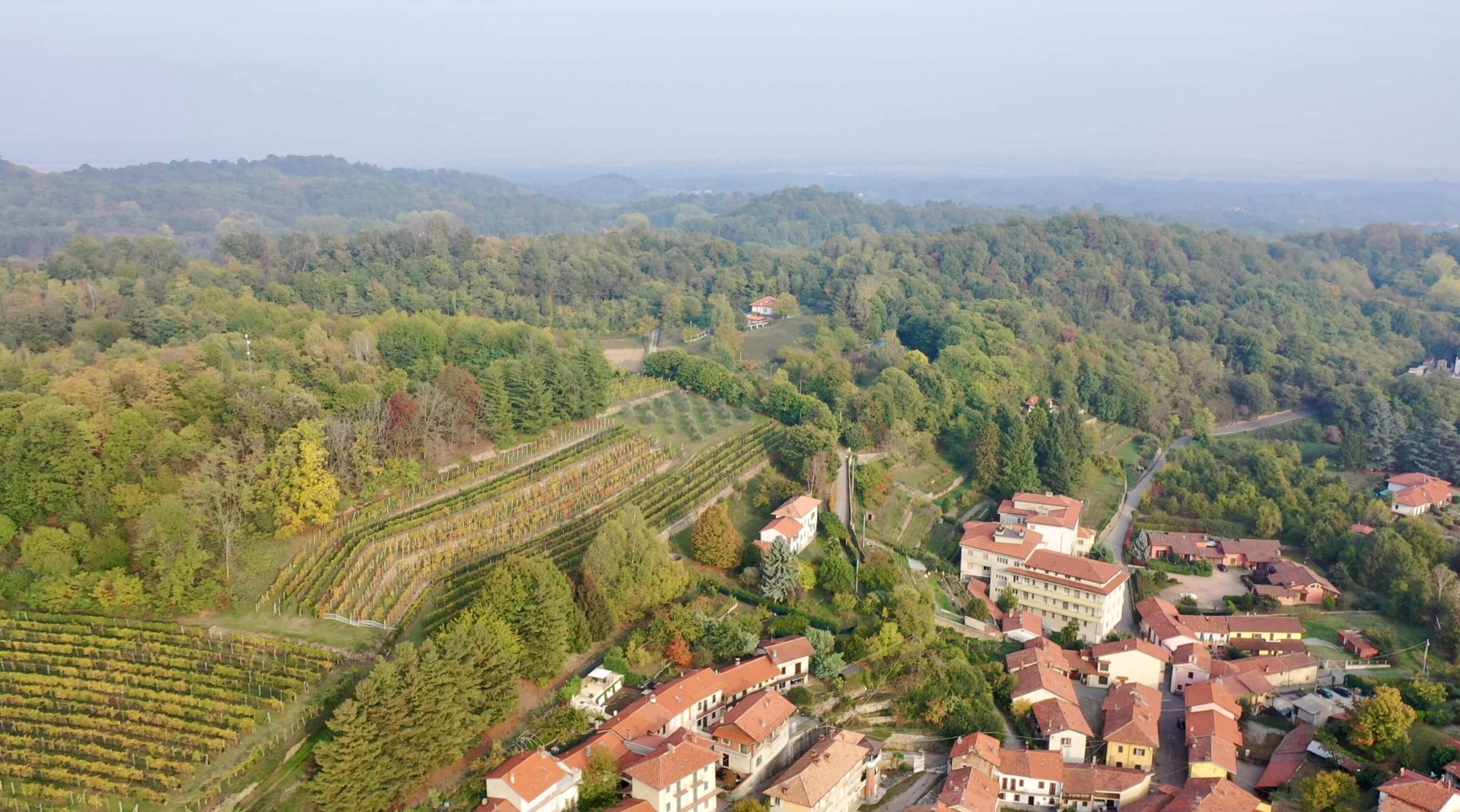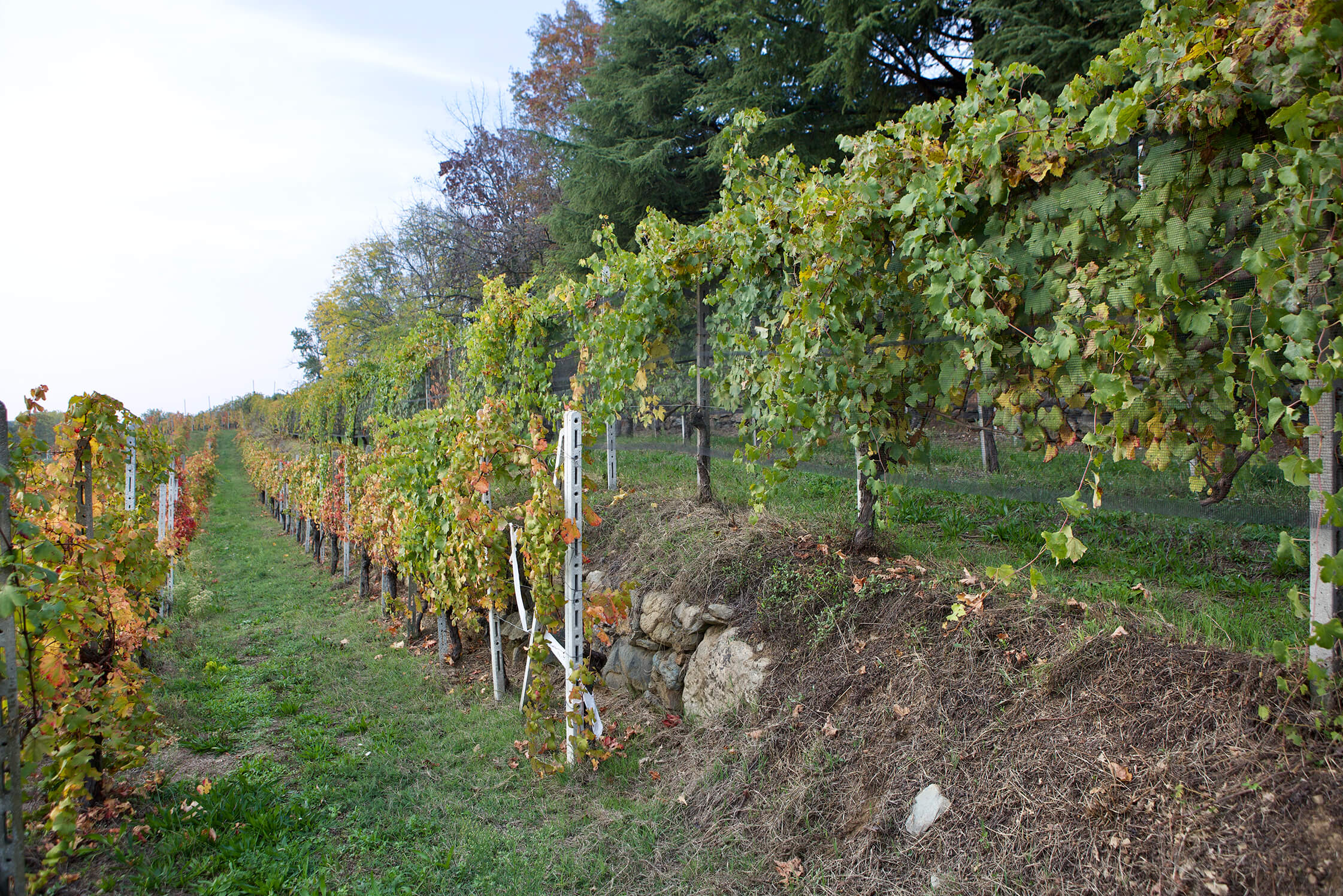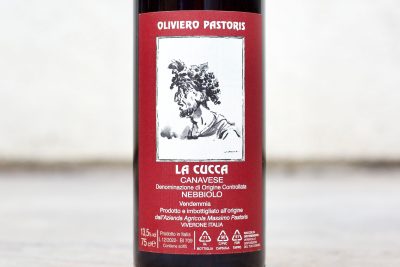Massimo Pastoris
Short Summary
Full Length Story
“Maybe I’m only more maniacal than my father,” Eugenio says, “but I understood from him that nature is something that you can’t completely control. We must work well in every moment of the season, but the most important job is made from the soil, and we can only make mistakes against the harmony of nature.”
After years of Latin and Mechanical Engineering studies and a short apprenticeship with a precise and attentive pizzaiolo in Toronto, Eugenio Pastoris realized his scientific mind wasn’t meant to be working behind a desk or making pizza (or being a racing engineer for Formula 1, a sport he’s still obsessed with). It was to return home to his family’s organically farmed (since 2013, certified), untilled vineyards (an insistence of Massimo for decades) in Viverone, on the eastern end of the Erbaluce di Caluso appellation, close to Alto Piemonte. There, his dream is to revolutionize Erbaluce and Nebbiolo in the area and return to the lost local appellations, Collina Morenica Bianco, made in the hills of Viverone (their hometown) with Erbaluce, and Collina Morenica Rosso Rubino, made with either Nebbiolo, Freisa, Croatina and/or Barbera. Both classifications were abandoned when Italy joined the European Union, but they’ve claimed the appellation names Erbaluce di Caluso and Canavese Nebbiolo.
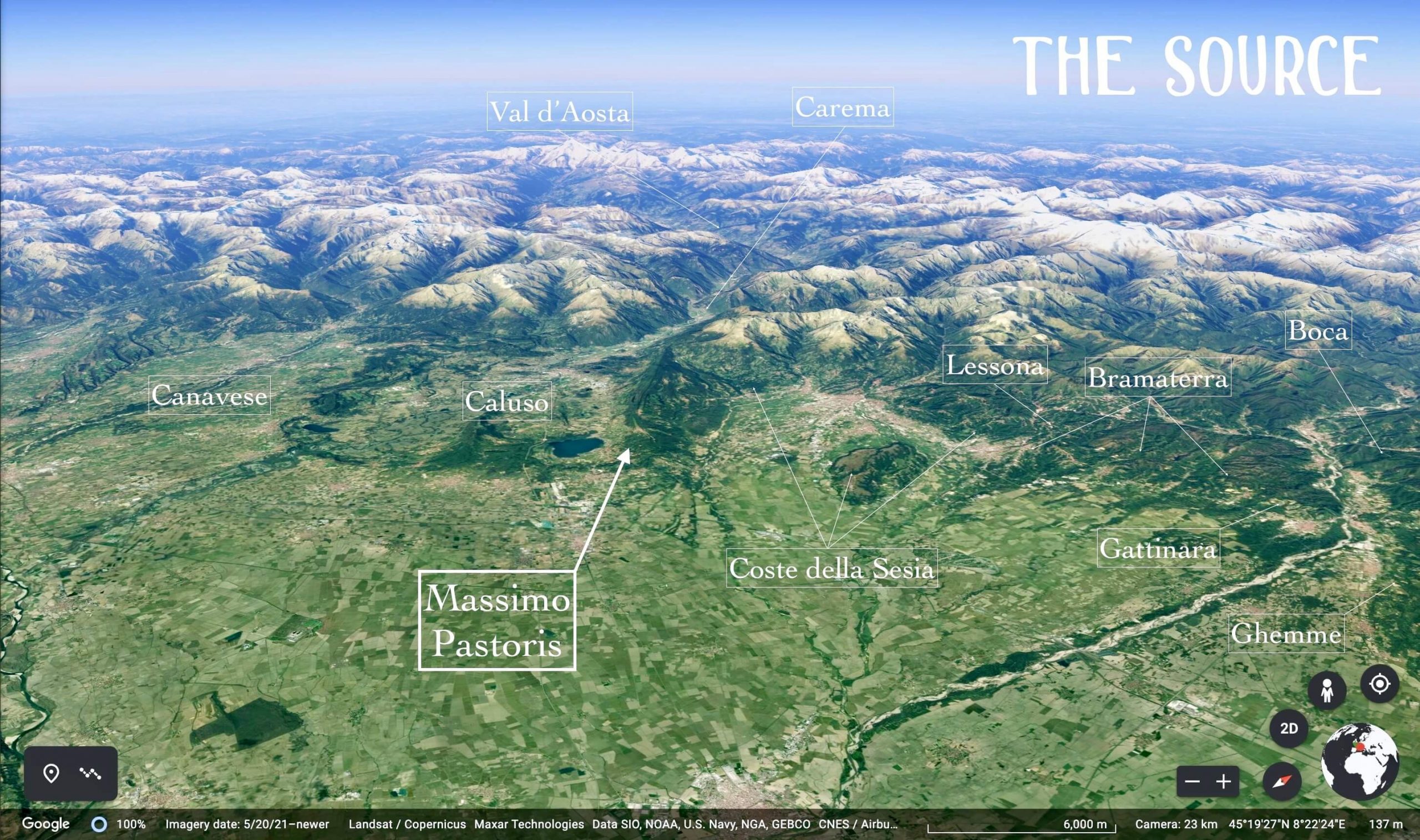
It’s difficult to ask for more from the wines bottled at the beginning of the 2020s, after only a few years of Eugenio working with his father, Massimo, and the addition of enologist, Cristiano Garella, northern Piemonte’s global crusader. It’s also hard to say which wine Eugenio has a greater grip on, Erbaluce or Nebbiolo; they’re both stunning, tightly framed and varietally expressive and terroir strong with beautiful subtlety and purity. The Erbaluce vibrates in the same line of a great Burgundy from colder areas, Loire Chenin Blanc, and Campania’s Fiano di Avellino. The Nebbiolo is precise and expressive of classic notes but with “more aroma and drinkability.” They’re perfect for everyday drinking but are well equipped for special occasions and would be a fun disruption of the hierarchy often present when faced with the label. Both wines check the authenticity box and have distinguished personalities linked to their terroirs. It’s also hard to point them in quality to Caluso, unless one were to know very well all the regions of Piemonte and their wines, which few do.
In discussions about appellation, Eugenio is quick to point out that he believes (as does Cristiano), that Viverone and the eastern end of the Erbaluce di Caluso DOCG is more Alto Piemonte than Caluso. (See map above for topographical view.) Their contention is that the similarly complex hillside vineyards are on acidic morainic soils (though with different minerals and rock depositions) like the Alto Piemonte regions Ghemme, Sizzano, Fara, and some of Coste della Sesia (a terribly underrated and somewhat undiscovered territory for quality wine production), while much of Caluso is sedimentary but from different geological materials. Caluso is mostly on flatter land while Viverone is on terraces. Most of Caluso is in pergola training while Viverone is guyot, similar to Alto Piemonte. It’s also a matter of the taste of the wines and their similarity to Alto Piemonte. Viverone is also within the department of Biella, as is most of the Serra Morenica d’Ivrea (the biggest glacial moraine in Europe), Lessona DOC and much, if not all of Bramaterra DOC and Coste della Sesia DOC. The land just to the west of Viverone belongs to the massive department of Turin.
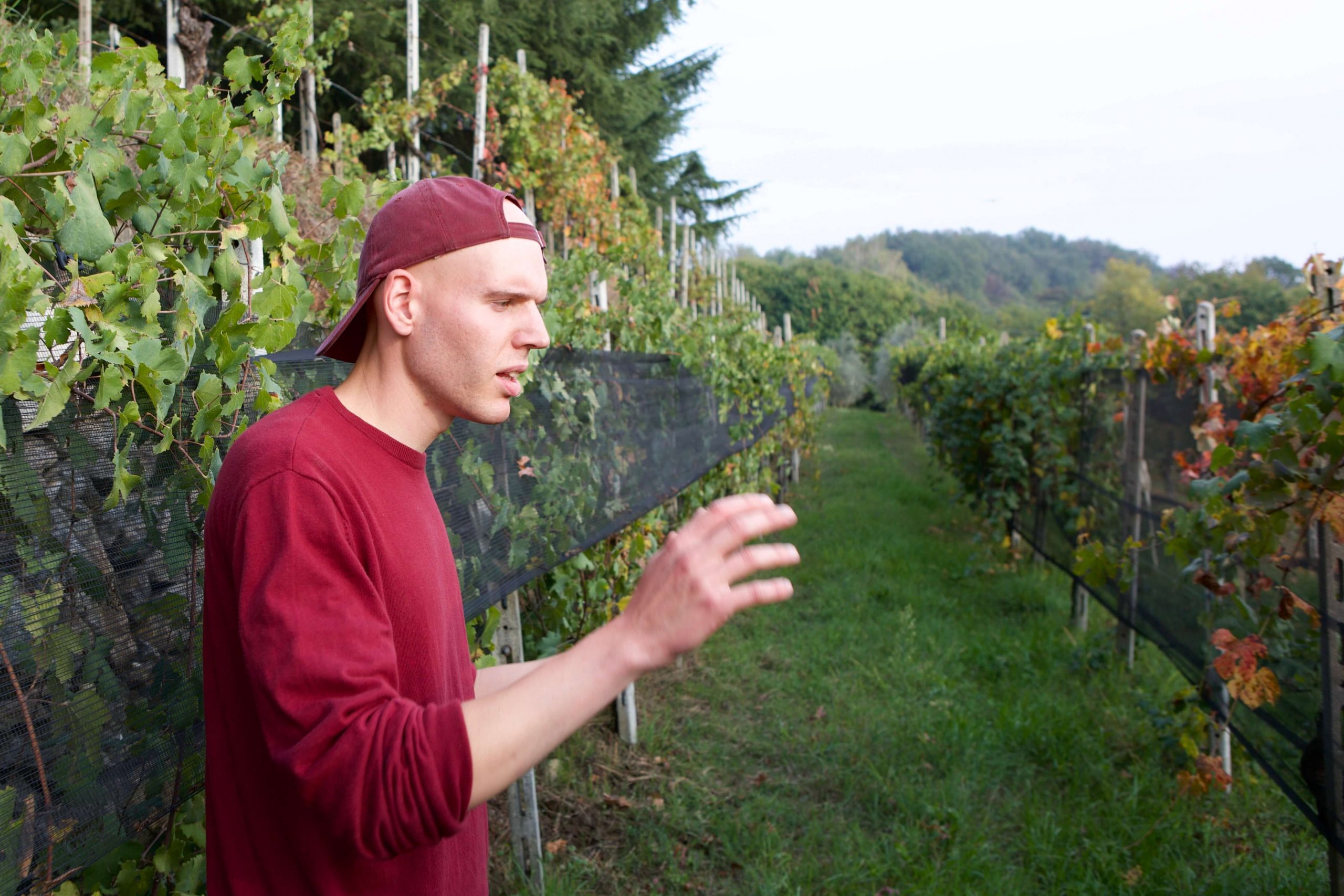
Eugenio’s Erbaluce di Caluso delivers varietal nuances of white acacia flowers and honey, and flinty mineral notes (called pietra focaia in Italian). They are more round than sharp in acid profile (credited to guyout training versus pergola) and with greater sapidity, which they attribute to the higher quartz content in the soil. The fruit is more in the white spectrum than yellow in contrast to most grown further into the DOCG to the west. Vinified naturally with sulfites added after alcoholic fermentation to inhibit malolactic fermentation, which is maintained at 18°C for two months to find the balance between fruitiness (lower fermentation temperatures encourage more fruit) and earthiness (higher temperatures more earth). It’s then aged in steel and filtered before bottling—an obligation to inhibit malic acid bacteria from restarting in the bottle. The overall style is a steady controlled flow of electricity on the palate and a very minerally nose supported by but not dominated by intended reductive elements to keep the wine fresh and taut. It’s gorgeous and a great pleasure to drink.
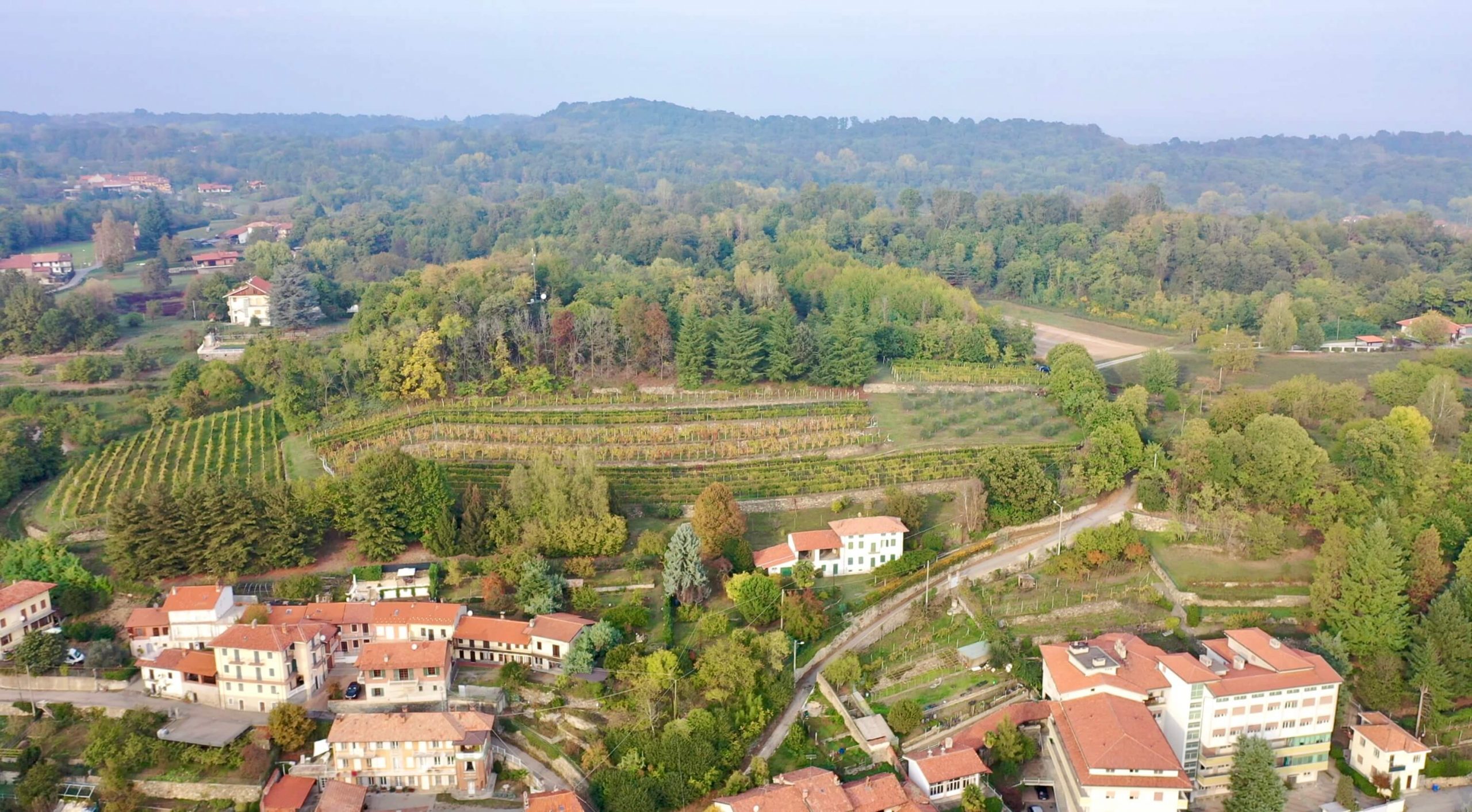
The Nebbiolo La Cucca leads with elegance over structure, by design, and when compared to Langhe and Alto Piemonte, it’s more aromatically delicate with finely delineated fruit and florals. The denomination is Canavese, even if it’s on the extreme east of the appellation and bears little resemblance to Canavese reds elsewhere in this extensive DOC. The 2020 hits high on the pleasure meter while remaining serious and laced with subtlety—a combination of high-quality vineyard materials, a clear direction, a soft touch, and a desire to put elegance above all. The elegance is accentuated with the use of a combination of medium-sized old wood and cement vats. Both Cristiano and Eugenio believe that morainic soils require this “third way” of making Nebbiolo. While Caluso isn’t ground zero for the world’s attention to Piemonte and Nebbiolo, these wines capture its purest essence, making them formidable in style and craft alone.
